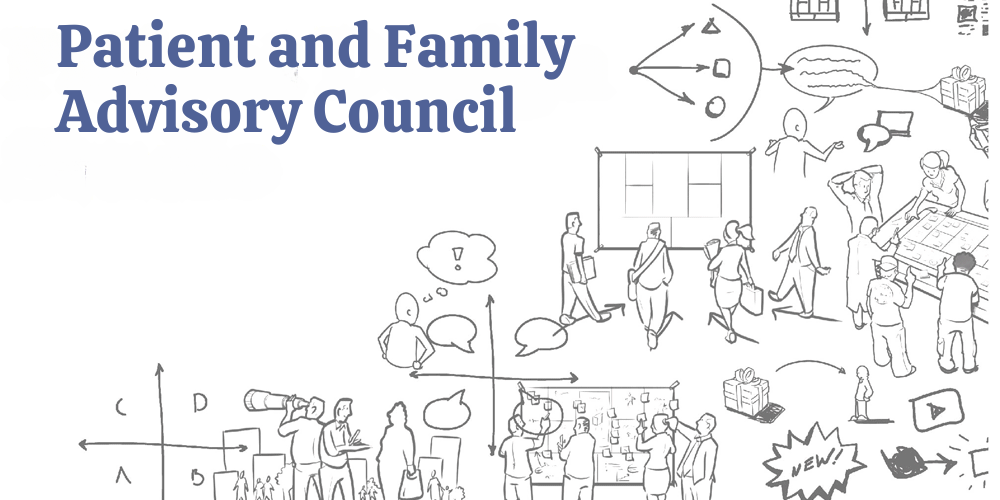DESIGN THINKING
The Patient and Family Advisory Council is one example of how health care is incorporating design thinking, typically found in technology, into delivering better care for patients.
A few principles of design thinking:
(1) Focus on experiences, especially the emotional ones.
(2) Create models (i.e. a process map) to examine complex problems.
(3) Use prototypes to explore potential solutions.
(4) Tolerate failure.
Adapted from "Design Thinking Comes of Age " (HBR 2015)
esearch tells us that transitions between care settings are often the most treacherous points in health care delivery. When a patient goes home after a hospital admission, they are still ill. Patients and caregivers assume responsibility for medications, surveillance of symptoms, and environment of care. Preparation for this responsibility usually happens during the last hectic hours of a patient’s stay.
Several years ago, leaders from pharmacy and orthopaedic nursing came to the Patient and Family Advisory Council to gain feedback on the discharge education materials. The aim was to understand the patient’s perspective on these written materials with the goal of reducing complications and avoidable readmissions.
What the Advisors Said
Centralize the information in one place. They appreciate the balance of general information and detail. But once all the information is in one place, organization and navigation become even more crucial.
Orthopaedics gives patients a planning document even before their surgery. “It’s wonderful to have everything in one document. I’ve never seen anything like it.” says one patient advisor.
How To Centralize the Information
-
Describe team members who will be involved in the care.
-
Provide instructions for family and friends who support the patient after discharge.
-
Include financial planning contact information.
-
List what to bring to the hospital and what will be needed after discharge.
-
List common medications and the reason for taking them.
-
Prioritize common symptoms and who to contact should they occur.
-
Organize by patient needs to make all that centralized information easy to access.
How to Organize by Patient Need
-
Create a front sheet with all the important information patients need. Contact information, must do’s, next steps. If there is a link to electronic content, include it.
-
Use a table of contents and page numbers. Use headers that are focused on patient questions or problems.
-
Use checklist boxes to allow for checks.
-
Include links to any online resources.
-
Use pictures.
What the Improvers Said
"The whole experience was a lot easier than I thought. I was nervous that they would ask me a lot of hard questions, but they didn’t. Their suggestions were so practical. The experience let me step out of my provider role and understand what patients were seeing and thinking as they read the information. As a result of coming to the council, we are revising the medication section and reorganizing the sections to make it easier for patients BEFORE we print."—Rochelle Maughan-Franks, director of clinical operations UUOC
"It was great to work with this amazing group of people. It was clear how thoughtfully they had analyzed our documents prior to the meeting. The comments were exceptionally helpful in identifying what information is important and how to format it to make it clear and readable. As a bonus, they gave some additional feedback about how to make our retail pharmacy experience better."—Shantel Mullin, director of pharmacy quality, safety, and training.
This article was originally published June 2016 and has been updated with current information.
Shayma Salih
Ever wonder why your thoughtfully planned improvement fell flat with patients? Enter the University of Utah Health Patient Design Studio, a group of patients who meet monthly with improvers to provide actionable, direct and collaborative input on their improvement efforts.
Patient Experience Program Coordinator Corrie Harris and Project Administrator Shayma Salih explain how to get valuable patient feedback early in your improvement efforts by meeting with the U of U Health Patient Design Studio and Advise Utah.
University of Utah Health’s director of patient experience Mari Ransco examines the pandemic patient experience through the lens of the 5 Elements: U of U Health’s qualitative model for delivering an exceptional patient experience.
